- Courses
 Business Management
Business Management IT Networks and ITSM
IT Networks and ITSM Data Management
Data Management Software Development
Software Development Digital Transformation
Digital Transformation Graphic Design
Graphic Design
- Learning Paths
- Vendors






Learn Routing and switching principles, basic WLAN principles, basic knowledge of network security, basic knowledge of network management and O&M, and basic knowledge of SDN and programming automation
The Datacom certification is an upgraded version of the Routing & Switching certification, which will replace the Routing & Switching certification as Huawei’s standard for building datacom talent capabilities.
The HCIA-Datacom covers: Basic knowledge of the TCP/IP protocol stack;
Basic principles of the Open Shortest Path First (OSPF) routing protocol and its implementation in Huawei routers;
Ethernet technology, spanning tree, VLAN, stacking technology and their implementation in Huawei switches;
Network security technology and their implementation in Huawei routing and switching devices;
WLAN technologies and basic principles and their implementation on Huawei wireless devices;
Basic principles of network management (such as SNMP);
Basic principles of WAN protocols (such as PPP) and their implementation on Huawei routers;
Basic knowledge of IPv6 and basic principles and implementation of ICMPv6 and DHCPv6;
Basic principles of SDN and implementation of Huawei products and solutions; Basic principles of programming automation
Data Communication and Network Basics
1.1 Data Communication Network Basics
1.2 Network Reference Model
1.3 Huawei VRP Basics
Constructing an Interconnected IP Network
2.1 Network Layer Protocol and IP Addressing
2.2 IP Routing Basics
2.3 OSPF Basics
Constructing an Ethernet Switching Network
3.1 Ethernet Switching Basics
3.2 VLAN Principles and Configuration
3.3 Spanning Tree Protocol
3.4 Ethernet Link Aggregation and Switch Stacking
3.5 Implements Communication Between VLANs.
Network Security and Network Access Basics
4.1 ACL Principles and Configuration
4.2 AAA Principles and Configuration
4.3 NAT Basics
Network Services and Applications
5.1 Network Services and Applications
WLAN Basics
6.1 WLAN Overview
WAN Basics
7.1 WAN Technology Basics
Network Management and O&M
8.1 Network Management and O&M
IPv6 Basics
9.1 IPv6 Basics
SDN and Automation Basics
10.1 SDN and NFV Basics
10.2 Network Programming and Automation
Typical Campus Network Architectures and Practices
11.1 Typical Networking Architecture and Cases
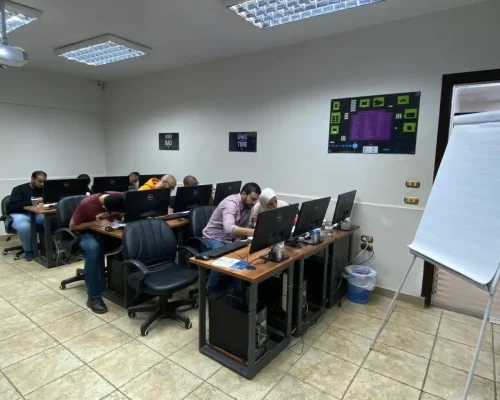

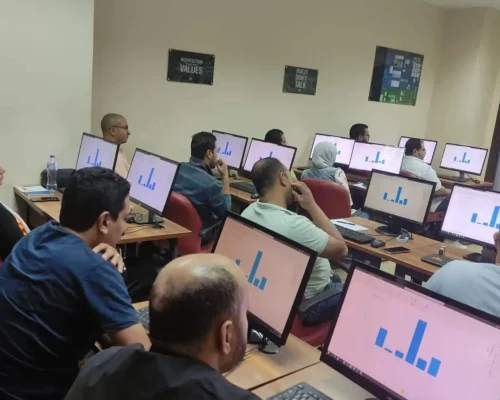

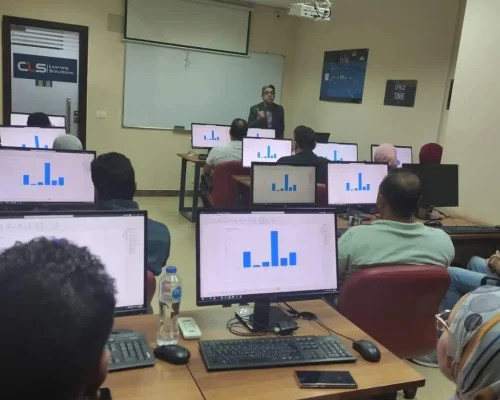
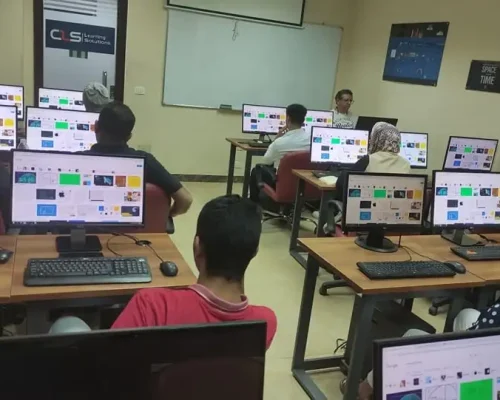
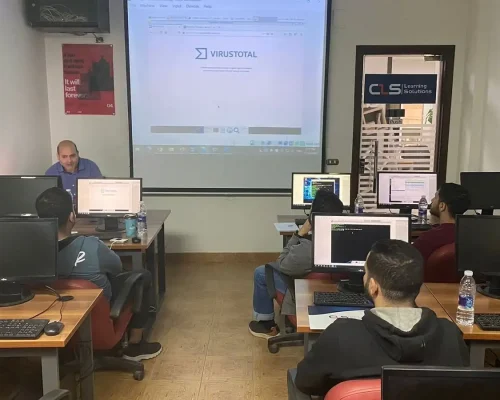
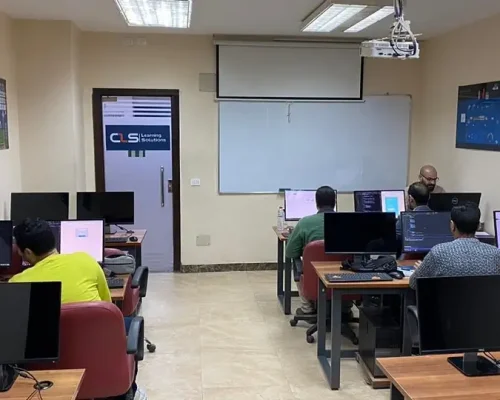
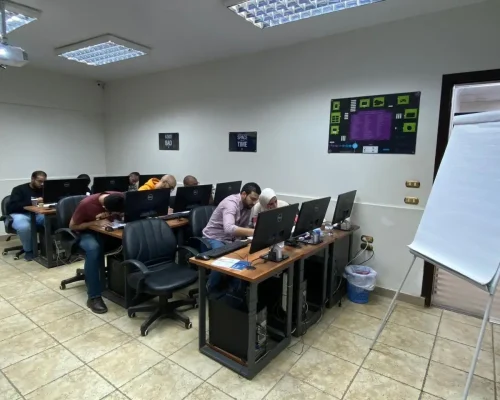
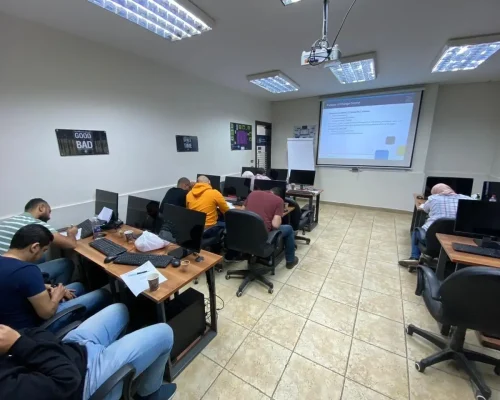
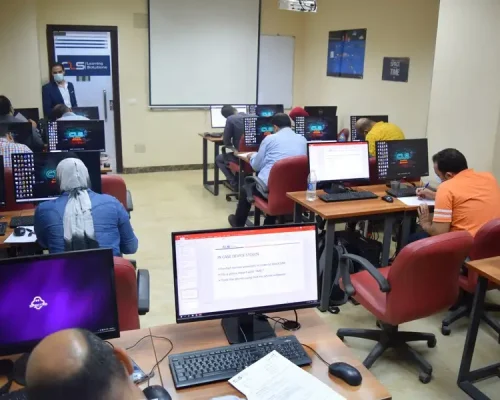
We have been in the market since 1995, and we kept accumulating experience in the training business, and providing training for more than 200,000 trainees ever since, in Egypt, and the MENA region.
CLS facilities are well-equipped with strong hardware and software technologies that aid both students and trainers lead very effective smooth training programs.
We provide our clients with the best solutions, customized to their specific needs and goals. Our team is highly qualified to answer whatever questions you have.
CLS is an authorized and accredited partner by technology leaders. This means that our training programs are of the highest quality source materials.
We keep tabs on every change in the market and the technology field, so our training programs will always be updated up to the World-class latest standards, and adapted to the global shape-shifting job market.
We select the best instructors, who are certified from trustworthy international vendors. They share their professional experience with the Trainees, so they can have a clear hands-on experience.





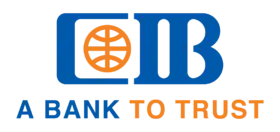





























I`m attending now CEH Training with Eng Mohamed Hamdy ,CISSP Training with Eng Mohamed Gohar, I really learned a lot from him , everything here in CLS is very satisfying including facilities .
We took a series of courses as the digital Transformation Unit of the ministry . we just finished CRISC Certification Training with DR Adel Abdel Meneim . Thank you CLS for all your efforts, we really appreciate it
Me and my colleagues are working in a government Organization, We took a no. of cyber security trainings with CLS starting with CEH and CISSP. we liked every thing the instructors, the stuff and whole environment
I`m attending ASP.NET Core with MVC Training with Eng Mohamed Hesham , I really learned a lot from him , everything here in CLS is very satisfying including facilities .Thanks you all team.
Qualifying the cadres of digital transformation units in government agencies moving to the administrative capital .Thanks CLS
I`m attending ASP.NET Core with MVC Training with Eng Mohamed Hesham , I really learned a lot from him , everything here in CLS is very satisfying including facilities .Thanks you all team.
I`m attending now CRISC Training with DR Adel Abdel Meneim , I really learned a lot from him , everything here in CLS is very satisfying including facilities , locations and the team.
I`m attending ASP.NET Core with MVC Training with Eng Mohamed Hesham , I really learned a lot from him , everything here in CLS is very satisfying including facilities .Thanks you all team.

Seize the moment, Learn with CLS, The Top-Rated Training Provider in Egypt since 1995, 28 Years of Experience Training Businesses and People in Egypt and Mena region.
© 2024 - CLS Learning - Solutions | All Rights Reserved.